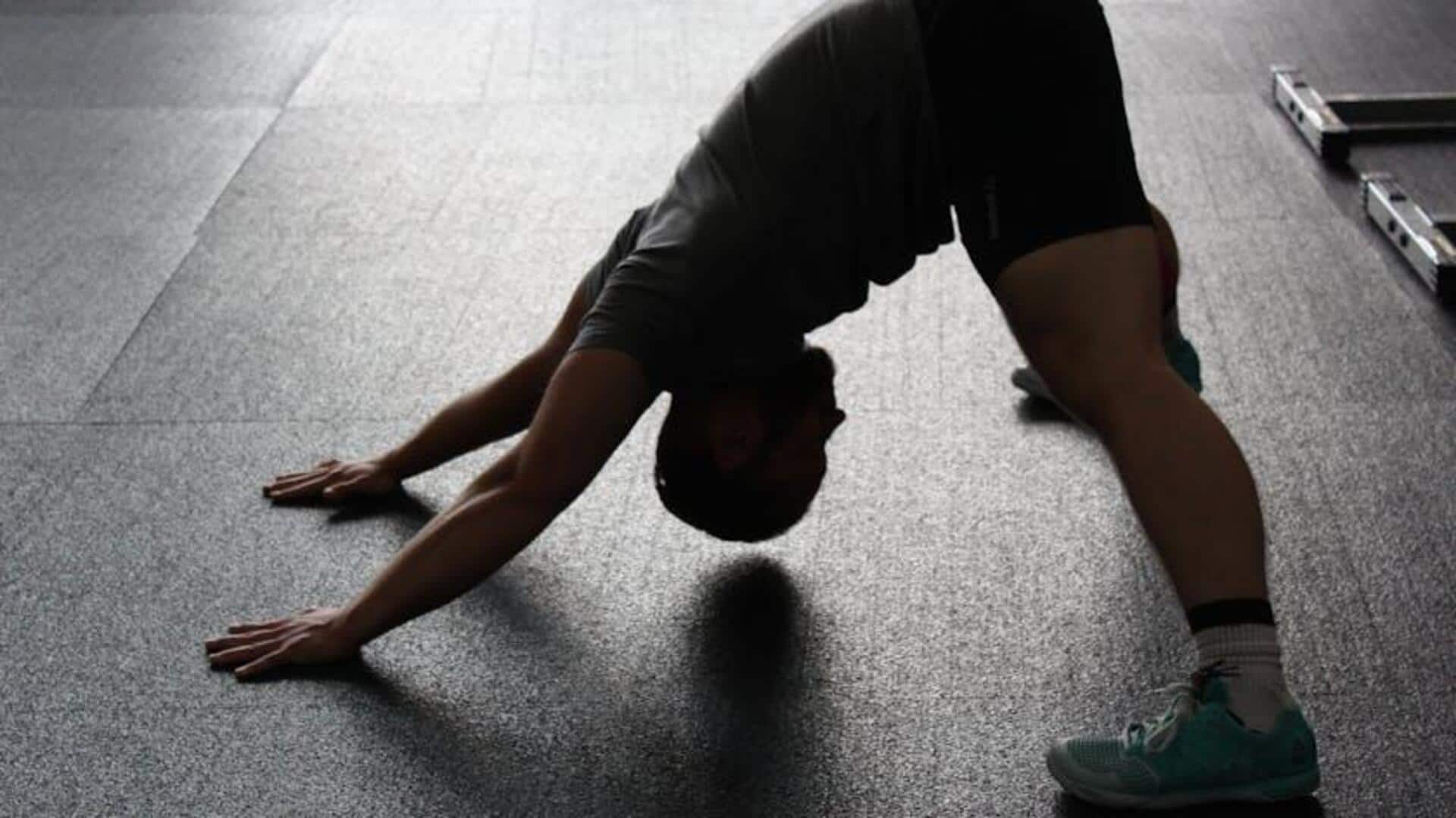Tai Chi's Gentle Moves
Tai Chi, an ancient Chinese martial art, centers on fluid, deliberate motions and deep breathing techniques, which contribute to a profound sense of balance.
The gentle movements necessitate a heightened awareness of the body's center of gravity, fostering coordination and stability. This practice encourages participants to remain present in the moment, cultivating a mindful approach that is pivotal for maintaining balance. The slow, continuous flow of Tai Chi's postures challenges the body to adapt and stabilize constantly, refining the proprioceptive abilities. Engaging in Tai Chi enhances the intricate connections between mind and body, therefore enhancing overall balance and promoting a feeling of serenity and focus, making it a holistic path toward improved equilibrium. Consistent practice is vital for improving balance and fostering a feeling of equilibrium and well-being, since it promotes a harmonious relationship between the mind and body.
Barre's Core Focus
Barre workouts, inspired by ballet, zero in on core strength, a crucial element for maintaining balance. These workouts usually involve controlled, precise movements that engage multiple muscle groups at the same time, creating a robust foundation of stability. Barre utilizes a mix of positions to strengthen the core and lower body, therefore improving balance. The emphasis on posture and alignment is integral to each exercise, which helps to develop better body awareness and control. The use of a ballet barre for support allows participants to isolate and target specific muscles, cultivating both strength and flexibility in a mindful way. By combining core strength, flexibility, and mindful movements, barre presents a comprehensive method to improve balance, offering a structured and empowering fitness approach that benefits both physical fitness and body consciousness. Through focused practice, individuals can enhance their body control, fostering stability and balance.
Flexibility Benefits of Barre
Barre workouts excel in enhancing flexibility, a critical factor in optimizing balance. The movements in barre are carefully structured to lengthen muscles and increase range of motion, facilitating both greater mobility and stability. Barre often includes static and dynamic stretches that improve joint flexibility and reduce muscle tension. These carefully planned stretching routines provide a full-body approach, thus reducing the risk of falls and improving overall physical performance. Greater flexibility improves one's ability to adjust to shifts in balance. The combination of core strength and flexibility found in barre workouts creates a synergic effect, leading to a more stable body. Consistent participation in barre workouts leads to improved posture, expanded body awareness, and increased functional movement. Incorporating barre into one's fitness routine delivers a well-rounded strategy that supports equilibrium by enhancing flexibility.
Mindfulness in Tai Chi
The mindfulness incorporated in Tai Chi practice has a significant impact on balance, as it helps to link body awareness with equilibrium. Tai Chi promotes an elevated awareness of the body's position and motion by integrating meditation and breathing techniques. The practice requires people to concentrate on the present moment, reducing distractions and improving focus. This focused attention aids in making quick adjustments and responses to maintain stability. The mindful state in Tai Chi teaches individuals to notice even minor changes in their balance, enabling proactive correction. Regularly practicing Tai Chi enables a deeper understanding of the body's internal workings, increasing the ability to control and maintain balance. The combination of physical movements and mental focus cultivates a holistic approach to improving balance. Therefore, the mindfulness component is essential for fostering enhanced body awareness, balance, and peace of mind, providing a harmonious relationship between mind and body.





